Bruce Springsteen chuckled when I asked him about the making of Born to Run. “I was just a kid in my 20s trying to keep a record deal together – there was nothing more to it than that,” he told me.
One way to see the Springsteen of the summer 1975, just before Born to Run released, is to imagine a wispy-bearded, 25-year-old man hanging around a beachfront New Jersey bar, telling you about his life. He relates slightly improbable tales of having attended a local Catholic high school, where one of the supervising nuns expressed her misgivings about his scholastic performance by stuffing him upside down in a garbage can in the classroom. Curtailing his formal education at the first opportunity, the young man had taken to playing his guitar in the nearby clubs, where a few early admirers had hailed him as the “new Dylan.” A Columbia Records contract had ensued, but so had a whole series of misadventures. His first full album had failed commercially, and its follow-up did no better. The man who had most gone out of his way to champion the singer in Columbia’s boardroom had been fired amid a corruption scandal. Eventually the record label made it clear that its patience with the young man was running thin, and that he had one last chance to deliver the goods. Having laboriously completed this enterprise, he was now back here on the Jersey shore, awaiting the release of a record that stood alone between him and a likely career digging ditches or driving a bus like his father before him.
That man, who seemed so much like a hopeless fantasist, was now about to make the world sit up and listen with a blast of aural dynamite he called Born to Run.
There was nothing inevitable about the success of an album now recognized by the Library of Congress as being “culturally, historically or aesthetically significant” and which continues to enjoy a healthy turnover today, 50 years after its release. It had an only partly promising creative premise, which was to write a song cycle broadly linked by its cast of picaresque Jersey greasers, with an underlying sound that paid tribute to early rock luminaries like Roy Orbison and Duane Eddy. The track record of Springsteen’s two previous flops and the pervasive mid-Seventies fad for danceable, piano-dominant pop songs were also against it. Everyone involved in the yearlong saga of Born to Run’s recording process at a budget-priced facility in suburban New York, an ordeal characterized by competing egos, management squabbles, and personnel changes shared the same sense of impending doom. “I hated it,” said Springsteen himself, who marked his displeasure with an early pressing of the album brought to him at his New York motel by tossing the record into the nearby swimming pool. “I thought it would die commercially.”
Of course, that’s not quite what happened. Born to Run not only hit big, but became one of those rock artifacts that transcend their core market and cross over to a vast mainstream audience. Part of the reason was a titanically aggressive public-relations campaign that landed Springsteen on the covers of both Time and Newsweek simultaneously. Part was the perception that the man himself was a regular guy, not some guitar-wielding mutant of uncertain gender who appeared to have recently crash-landed from the planet Zog. But the largest part by far was the power and sweep of the album’s eight songs. There was, for instance, “Thunder Road,” which Springsteen opens with an expressive lyric about a screen door slamming and closes with an exultant salvo at the petty restrictions of his old life in Freehold, New Jersey: “It’s a town full of losers, and I’m pulling outta here to win!” There was “Backstreets,” a bittersweet pop-soul evocation of lost love, with a main chorus line strong enough to survive being repeated 18 straight times. And there was “Jungleland,” an immersive journey into a summer night’s rumble, with its crew of barefoot girls drinking warm beer and boys with such names as Magic Rat, all bathed in the glow of a giant roadside Exxon sign. Think Meatloaf with a better band and without some of the more bombastic vocal stylings, and you’re getting close.
The album’s title track simply became part of the ozone. Musically, it exploited Springsteen’s love affair with early British pop by way of 1962’s “Telstar” riff, crossed with a distinct touch of Duane Eddy. Lyrically, it pulled off the feat of being both starry-eyed and downright horny, with its invitation to a young woman to wrap her legs round the singer’s velvet rims and strap her hands across his engines. Taken as a whole, it’s an irresistible four and a half minutes of bullet-train rhythm and high-tension guitar, set amid classic rock ’n’ roll images of hot rods and motorcycles. It never gets old.
With its iconic cover shot of Springsteen and his bandmate Clarence Clemons, the album was released on August 25, 1975, and floated serenely into the cultural stratosphere. Overnight, it seemed that almost everyone owned a copy of Born to Run, or knew someone who did. People who had never tasted saltwater taffy or gone anywhere near the Atlantic City boardwalk suddenly wanted to be cruising down Highway 9, chrome-wheeled and fuel-injected, steppin’ out over the line. Springsteen had created an imaginative, self-contained world. And as if to prove it was no fluke, there were those legendary four-hour shows following the album’s release, where he did pretty much everything.
Springsteen sang. Springsteen played the guitar. Springsteen told stories. People sometimes stumbled away from them speaking as though they’d just had a life-changing experience in church, but with a better house band. Just a kid trying to keep a record deal together? Springsteen’s countless fans around the world might beg to differ. But then he’s the Boss, so who are we to argue?



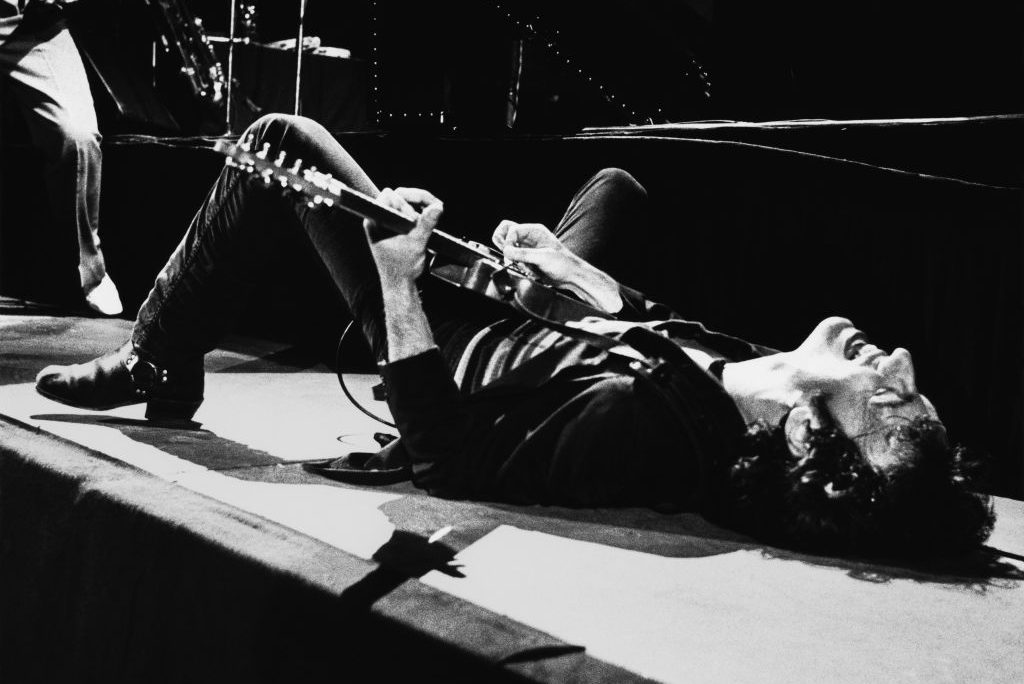







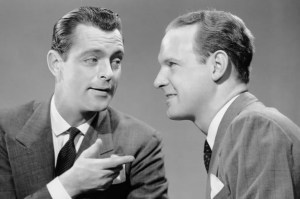
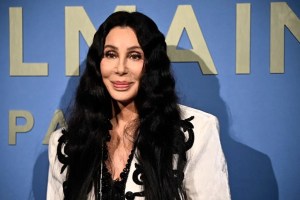

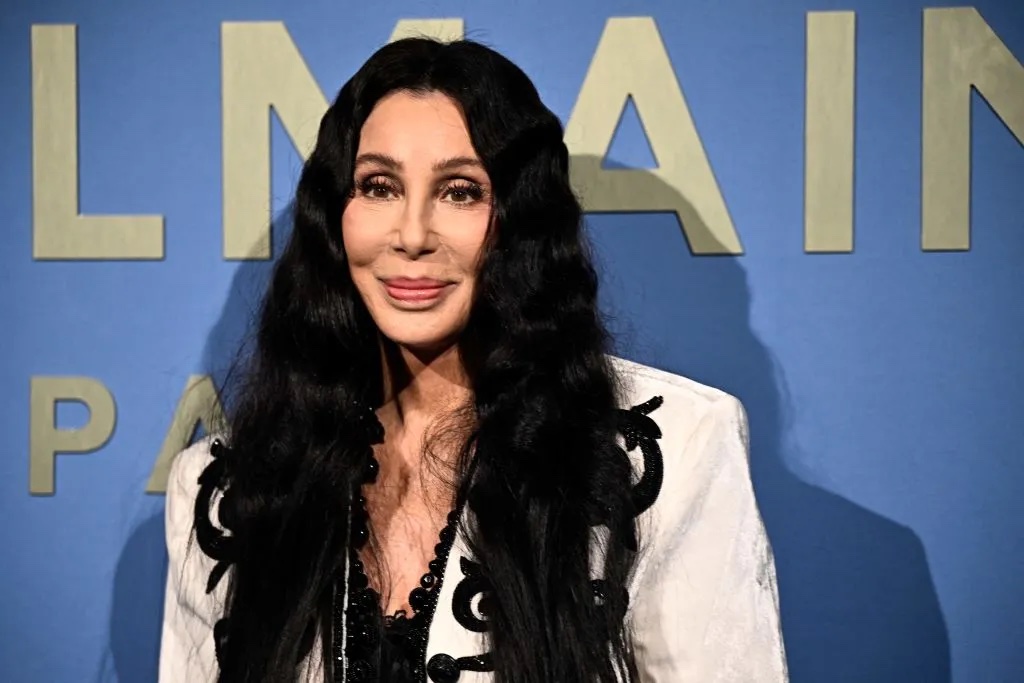

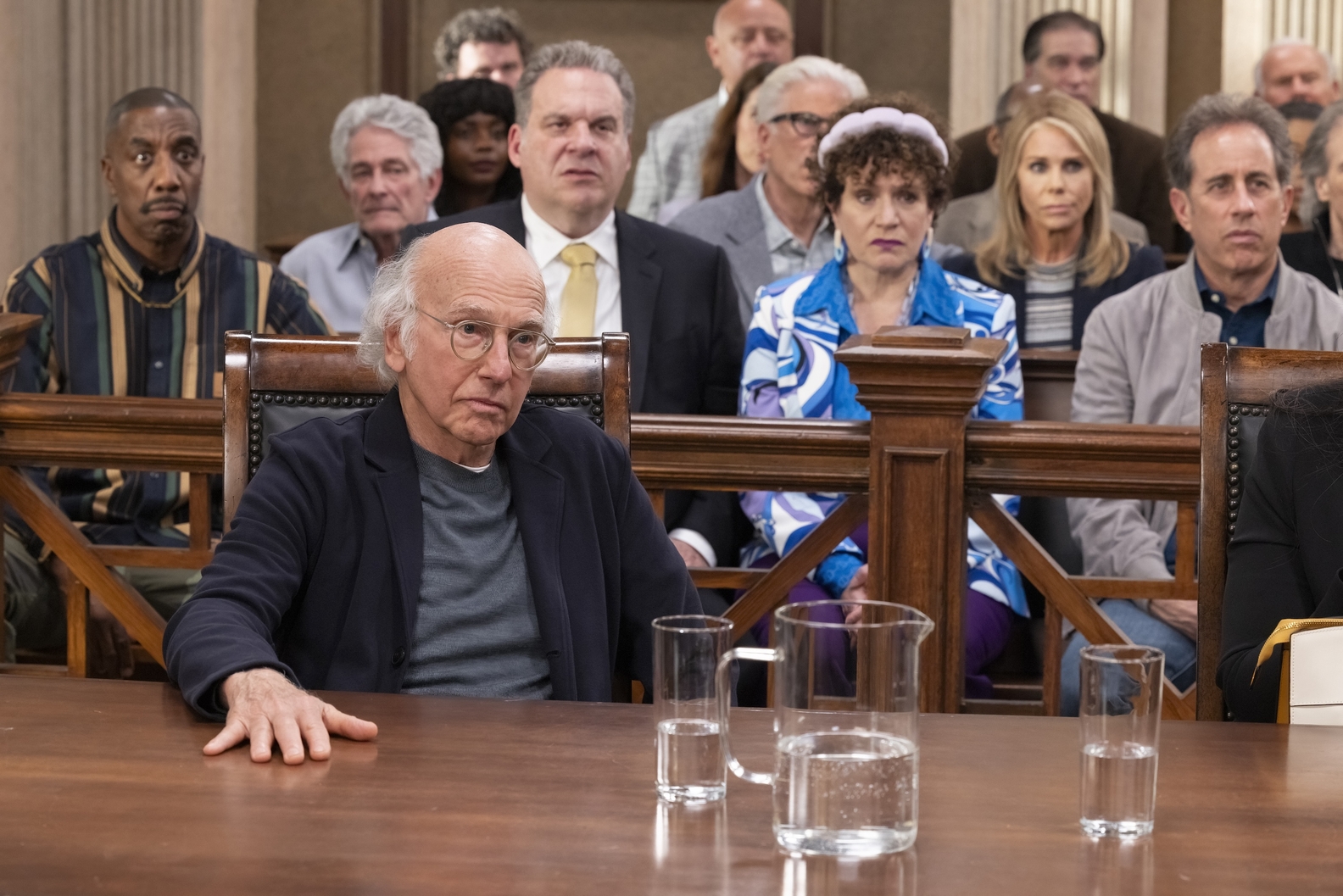
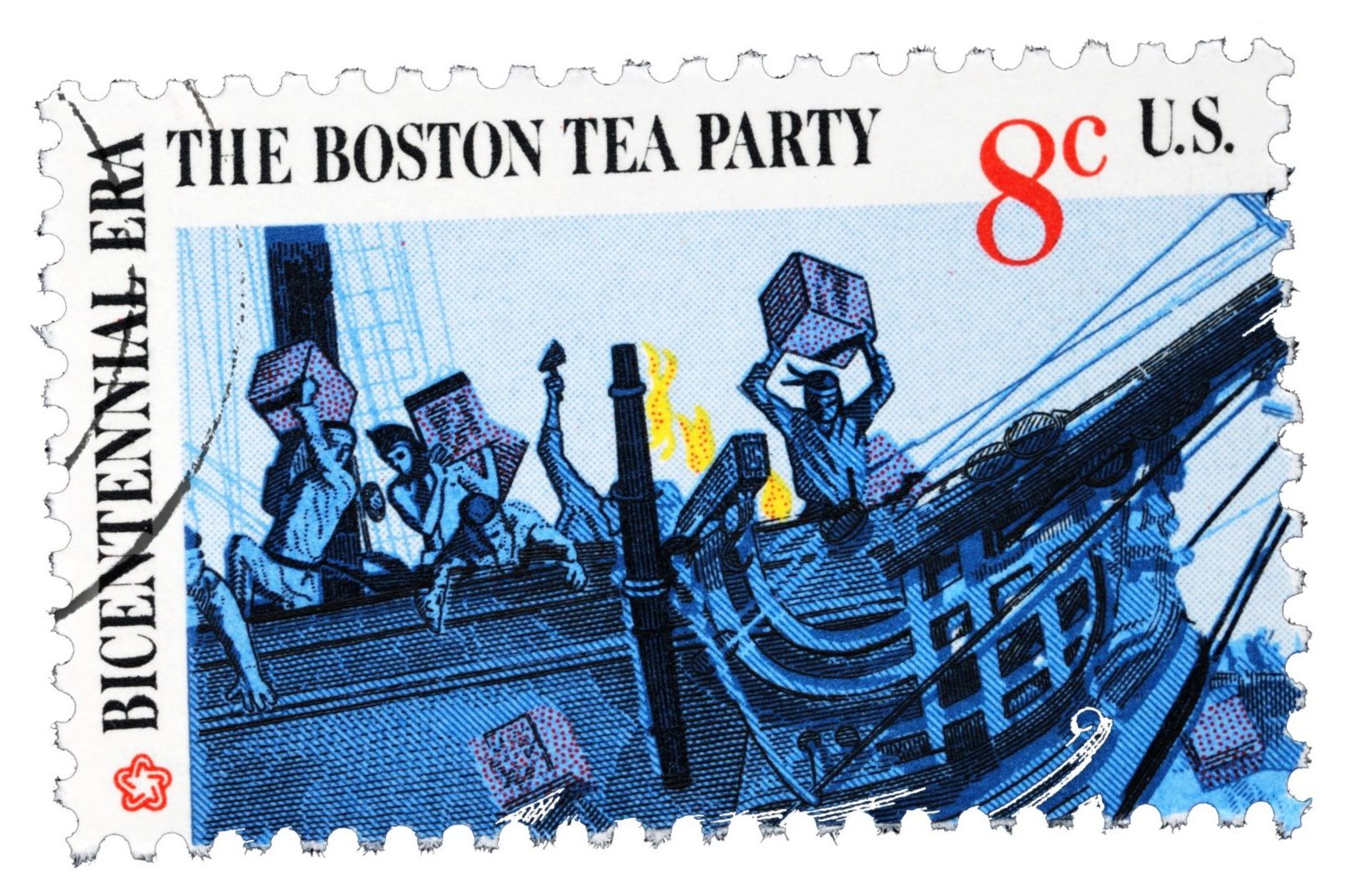
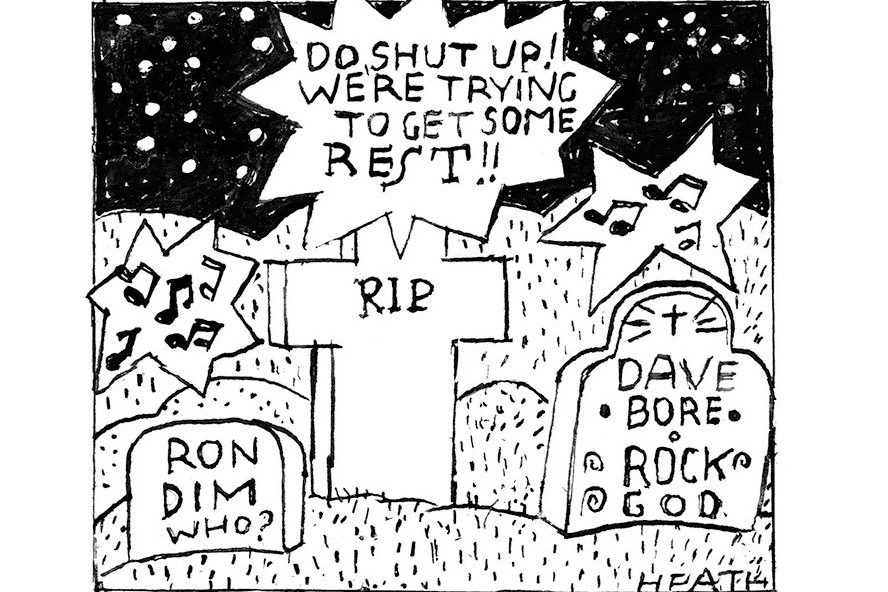

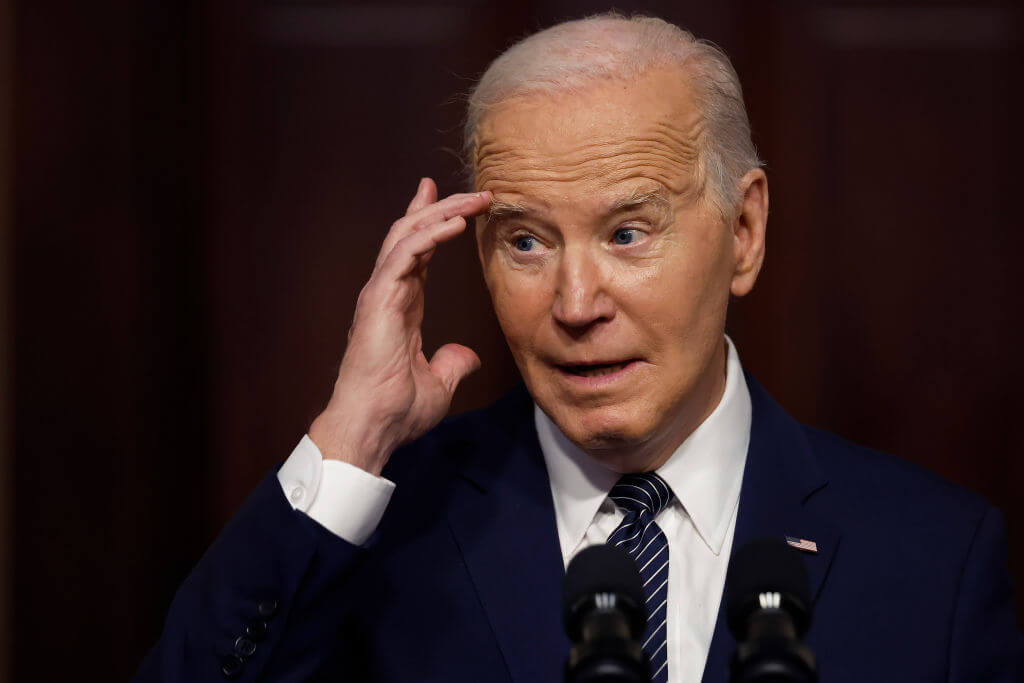



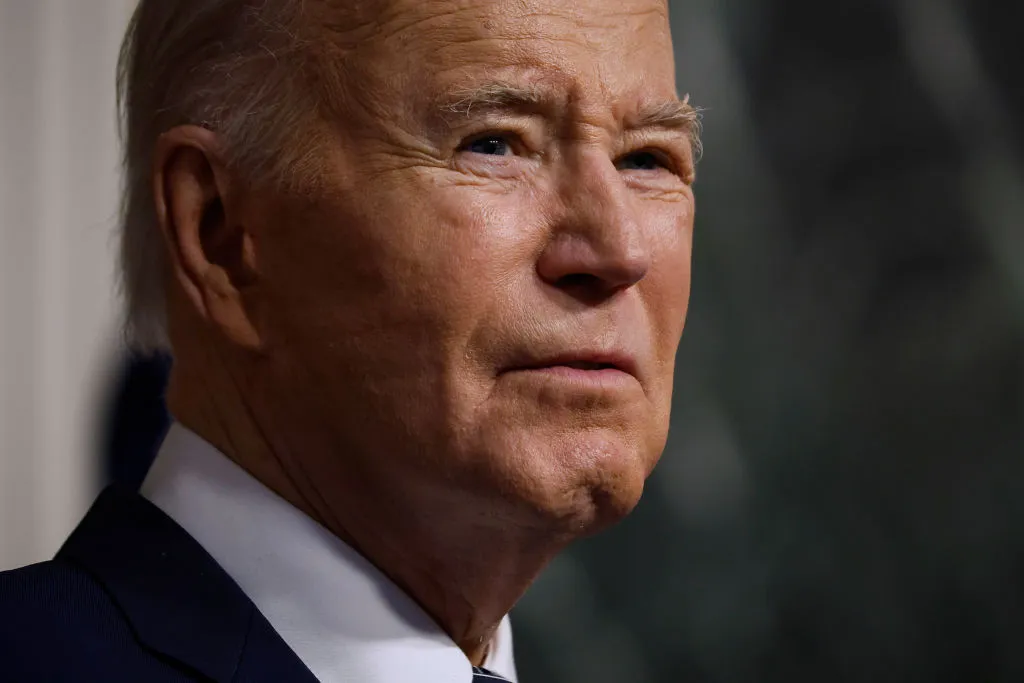

Leave a Reply